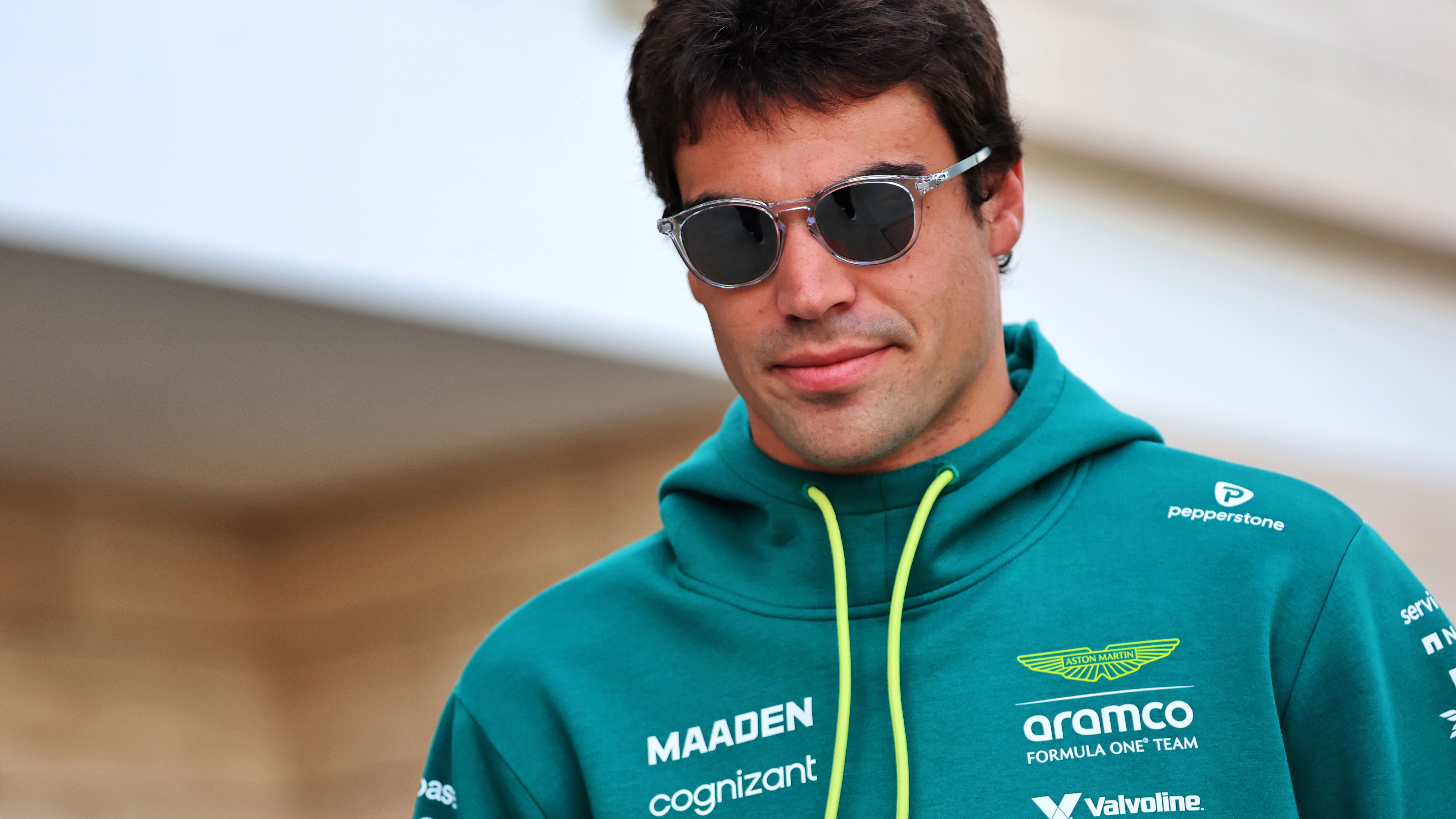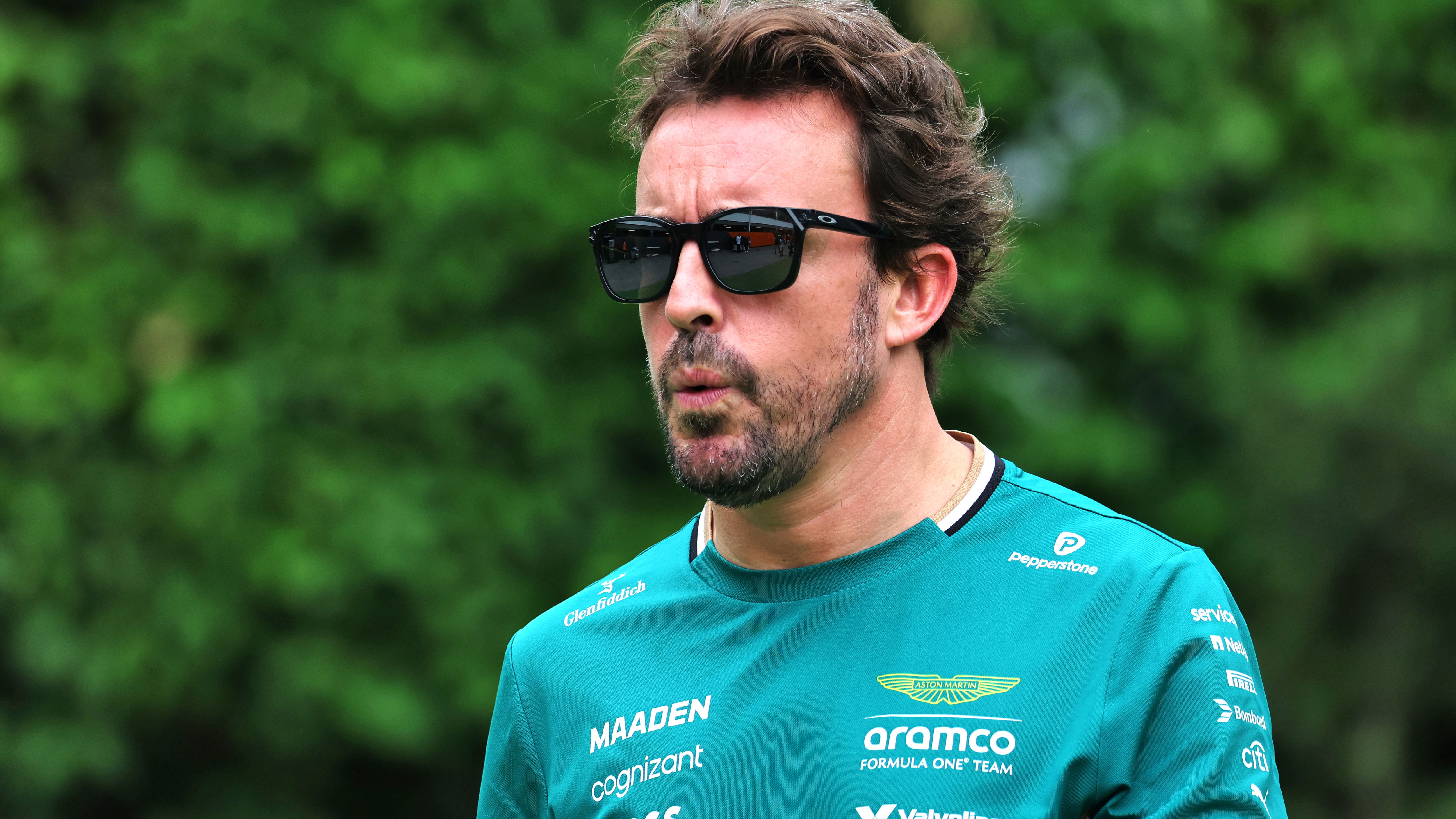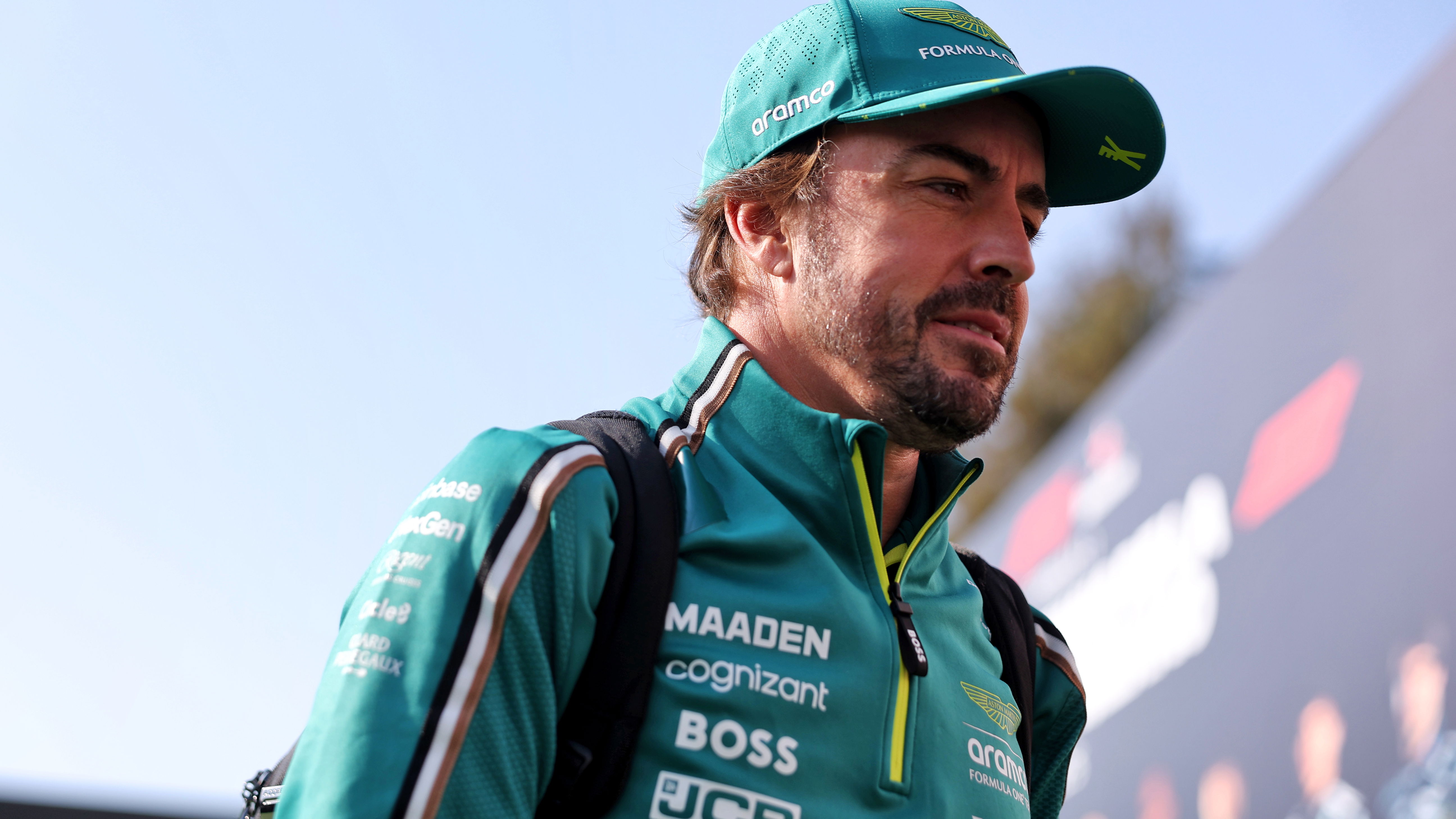Fernando Alonso

Personal Information

About Fernando Alonso
Fernando Alonso remained with Aston Martin for a third consecutive F1 season in 2025.
Career Stats
Latest News
Full Biography
Fernando Alonso remained with Aston Martin for a third consecutive F1 season in 2025.
Alonso led Aston Martin to fourth in the F1 Constructors’ Championship in 2024, but it was ultimately a disappointing campaign for the Silverstone-based outfit. The team, which has signed Adrian Newey as their technical chief for 2025, continues to struggle with in-season development.
Alonso will be hoping 2026 is the year he finally has a race-winning car again, with their challenger heavily influenced by Newey and powered by Honda.
Fernando Alonso's legendary F1 career
Alonso has competed in over 400 races, with a career stretching well over 20 years. He has won two drivers' titles.
It began in 2001 with Minardi. Despite driving for a backmarker team, Alonso quickly impressed and was signed by Renault as their test driver for 2002. He became a Grand Prix winner in 2003, claiming victory in Hungary.
During the years of Michael Schumacher's dominance, Alonso and Renault improved year on year before moving into title contention in 2005. Alonso’s consistency and Renault’s superior reliability allowed him to take the title ahead of McLaren’s Kimi Raikkonen.
He made it back-to-back titles in 2006, seeing off Schumacher in his final year with Ferrari. Alonso had already agreed to switch to McLaren for 2007, teaming up with rookie driver Lewis Hamilton.
Alonso would go on to miss the 2007 title by just a single point, but the season was dominated by internal politics, while Hamilton proved the better driver at McLaren. Alonso's return to Renault was unsuccessful, although he added two wins to his CV.
Controversially, his win at the 2008 Singapore Grand Prix was the result of Renault teammate Nelson Piquet Jr. crashing on purpose. Alonso was found to be unaware of the plan when it came to light 12 months later.
After a poor 2009 season at Enstone, Alonso made the seismic switch to Ferrari, replacing Raikkonen. The Spaniard would narrowly miss out on the 2010 and 2012 titles to Sebastian Vettel.
Alonso’s 2012 campaign is widely regarded as one of the greatest seasons in F1 history. However, frustrated with Ferrari’s lack of title success, Alonso gambled on returning to McLaren, powered by Honda from 2015.
The move couldn’t have worked out worse, with McLaren languishing at the back for three seasons. Alonso took a sabbatical from the sport in 2019, before his return to F1 was announced in late 2020 with Alpine.
Alonso returned to the F1 podium for the first time since 2013 at the 2021 Qatar Grand Prix. Despite his two years away from the sport, Alonso quickly re-adapted and re-established himself as one of the very best drivers in F1.
Following Sebastian Vettel’s retirement at the end of 2022, Alonso traded Alpine for Aston Martin. The move appeared to be a rare masterstroke for Alonso as Aston Martin started the year with the second-best car.
Alonso ended 2023 with numerous podiums as he finished fourth in the standings - his highest finish since 2013. While 2024 proved to be less successful, the same Alonso magic remained.























